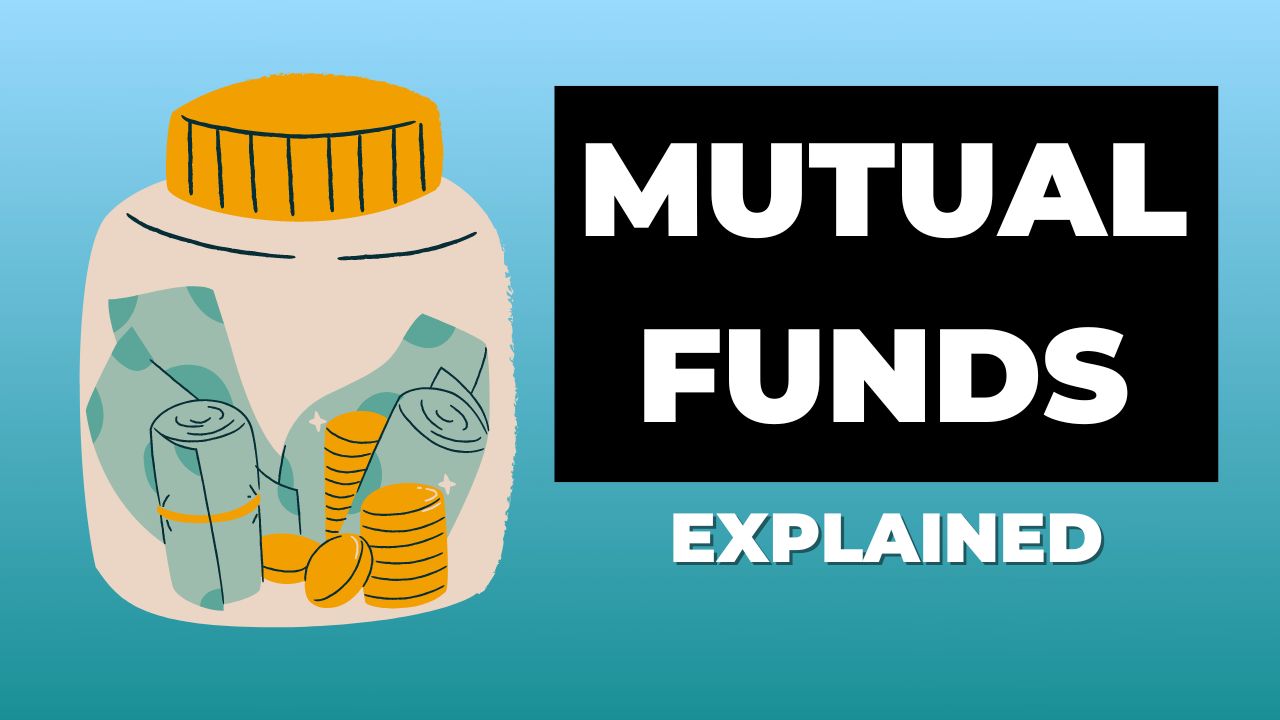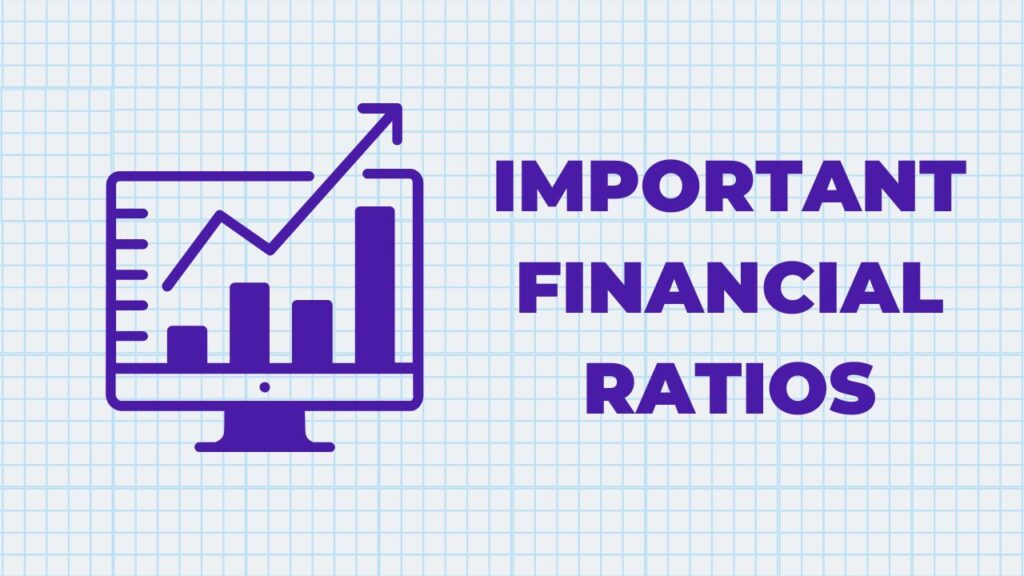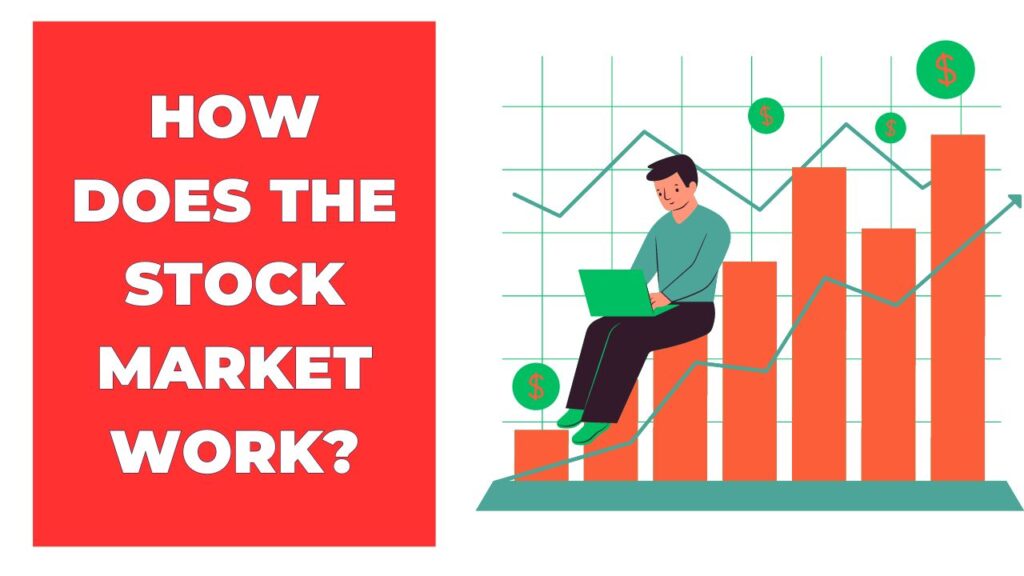Mutual funds are like big pots of money collected from many investors. These funds are managed by professionals, who use the money to buy stocks, bonds, or other assets. When you invest in a mutual fund, you’re buying a small piece of that big pot, which means you own a part of all the investments held by the fund.
Table of Contents
Mutual Fund: A Simple Definition for Beginners
Mutual funds are investment vehicles that pool money from multiple investors to invest in a diversified portfolio of stocks, bonds, or other securities.
These funds are managed by professional fund managers, who make investment decisions on behalf of the investors. They offer individual investors the opportunity to access a diversified portfolio and benefit from professional management, even with relatively small amounts of capital.
- Investors in mutual funds typically own shares in the fund, with the value of those shares fluctuating based on the performance of the underlying investments held by the fund.
What is SIP in Mutual Funds?
SIP stands for Systematic Investment Plan.
It’s like a savings plan where you invest a fixed amount of money regularly, say every month, into a mutual fund. This helps you build wealth over time by spreading out your investments and taking advantage of the power of compounding.
Types of Mutual Funds
There are four types of mutual funds based on asset class:
- Equity Funds: These funds invest primarily in stocks, aiming for long-term growth.
- Debt Funds: These funds invest in bonds and other fixed-income securities, aiming for stability and regular income.
- Hybrid Funds: Also known as balanced funds, they invest in a mix of stocks and bonds to balance risk and return.
- Money Market Funds: These funds invest in short-term, low-risk securities like treasury bills and commercial paper, ideal for short-term savings.
Though mutual funds can be categorized based on a variety of factors beyond just asset class, such as investment objectives, geographical focus, or investment style.
Benefits of Mutual Fund
- Diversification: Mutual funds invest in a variety of assets, reducing the risk of losing all your money on a single investment.
- Professional Management: Experienced fund managers make investment decisions, saving you time and effort.
- Liquidity: You can usually buy and sell mutual fund shares easily, providing liquidity for your investments.
- Affordability: You can start investing in mutual funds with a small amount of money, making them accessible to most investors.
ALSO READ – What is Net Asset Value (NAV) in a Mutual Fund? – 5 Important Questions Answered
Is Mutual Fund Good or Bad?
Pros
- Spread Your Eggs: Mutual funds help you spread your money out across different investments, so if one doesn’t do well, you don’t lose everything.
- Pro Help: Smart people called fund managers run mutual funds, making choices about where to invest your money to hopefully make more of it.
- Easy Access: Anyone, even if you don’t have loads of money, can get into the investing game with mutual funds.
- Get Your Money Back: Need your money in a hurry? No problem, you can usually sell your mutual fund shares pretty quickly.
Cons
- Fees, Fees, Fees: Mutual funds charge fees for their services, which can take a chunk out of your profits.
- Riding the Rollercoaster: Just like any investment, mutual funds can go up and down with the stock market, meaning you could lose money sometimes.
- Hit or Miss: Some mutual funds do great, while others don’t do so well. It all depends on factors like who’s managing them and what they’re investing in.
- Hands Off: When you invest in a mutual fund, you’re letting someone else make all the decisions about where your money goes, which might not always match what you want.
So, are mutual funds good or bad? Well, it’s a bit of both! They can be a great way to start investing and diversify your money, but it’s essential to understand the fees and risks involved. Always consult your financial advisor before investing in mutual funds.
Functions of Mutual Fund
- Pooling Money: Mutual funds collect money from many investors to create a large pool of funds.
- Investing: Fund managers use this money to buy stocks, bonds, or other assets based on the fund’s objectives.
- Monitoring and Adjusting: Fund managers continuously monitor the fund’s performance and make adjustments to the portfolio as needed.
- Distributing Returns: Any profits made from the fund’s investments are distributed to investors in the form of dividends or capital gains.
ALSO READ – Inflation and CPI Explained – What’s the Effect on the Stock Market?
Conclusion
Mutual funds are a popular investment option for those looking to grow their wealth over time. By understanding how mutual funds work and choosing the right ones based on your financial goals, you can make the most of this investment opportunity.







